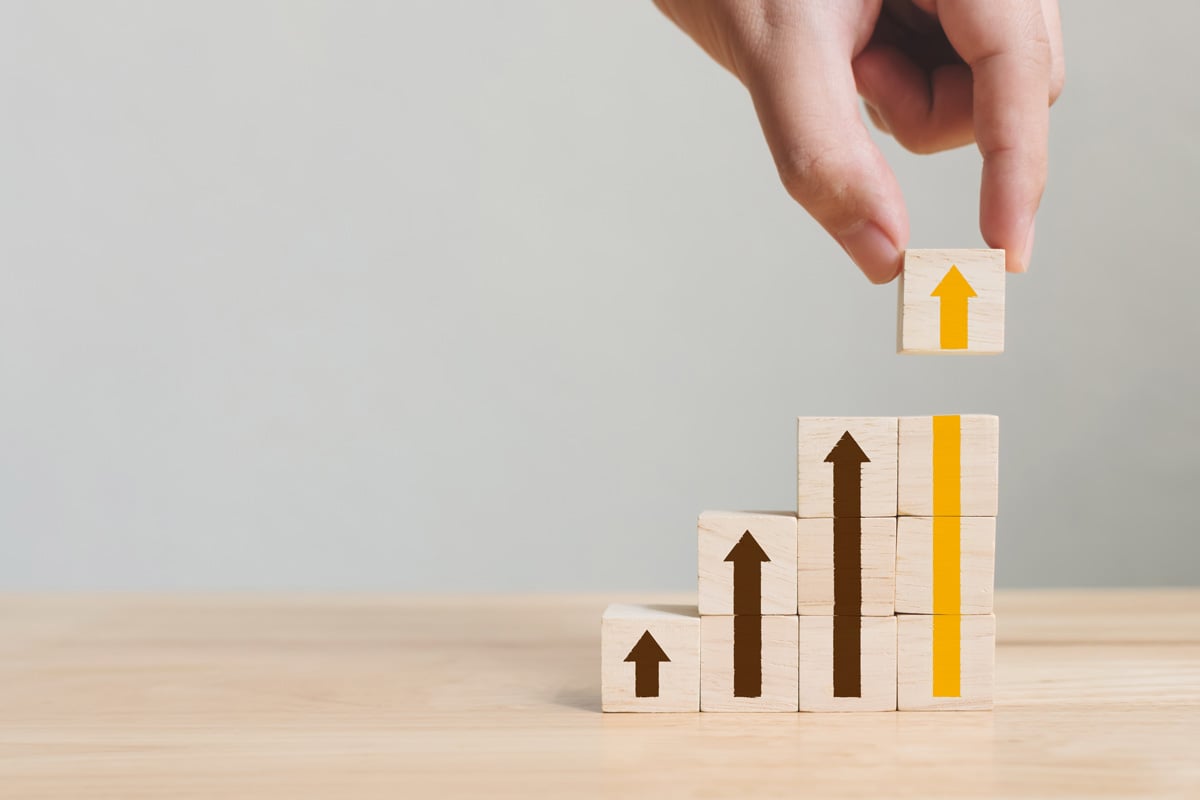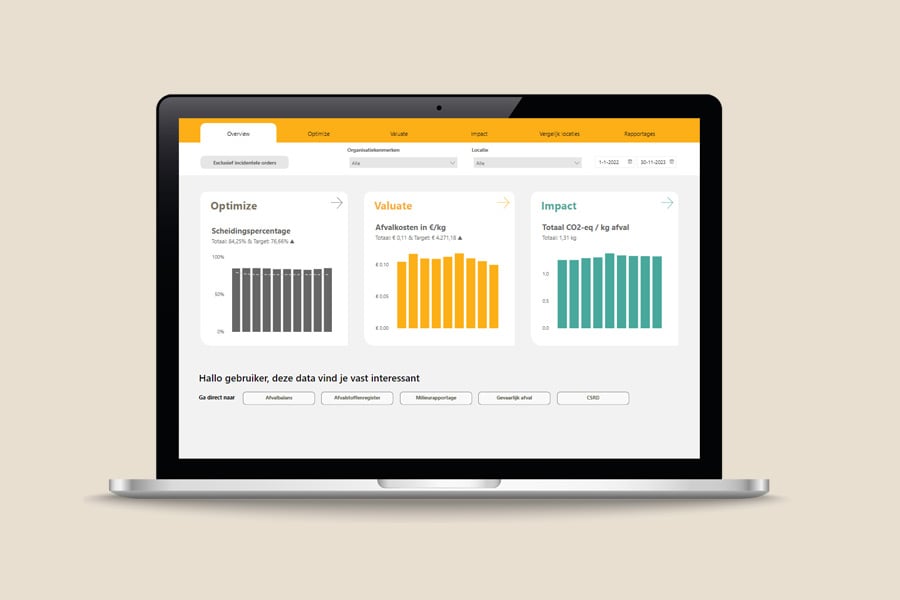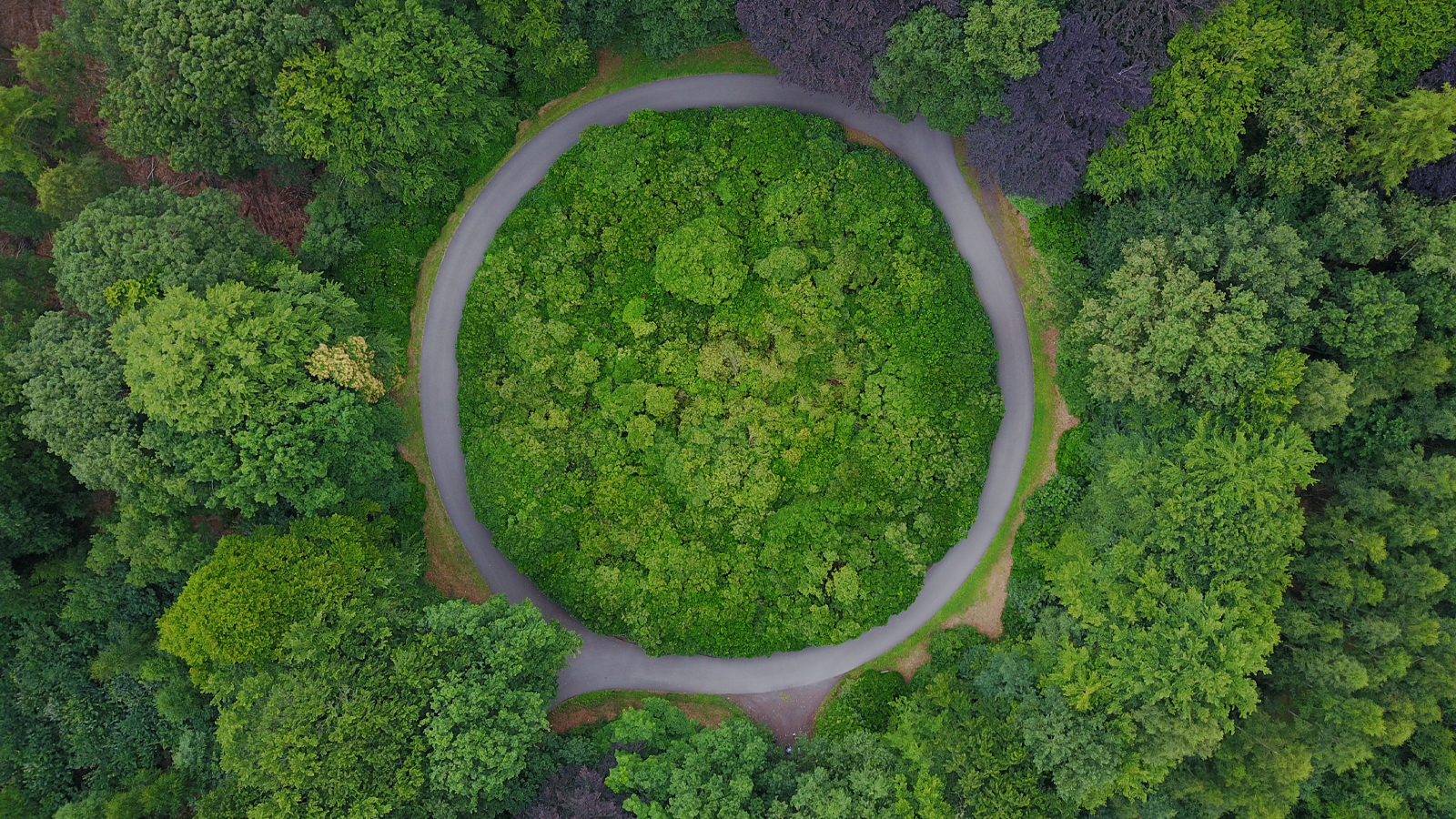Some people say, "Waste is tomorrow's resource." At Milgro, we see it just the other way around: "Resources should not become waste." First and foremost, we want to create as little waste as possible. We do everything we can to help companies avoid wasting raw materials.
The circular economy, we hear about it all the time. But what really is circular work? We want to get rid of the disposable economy, the linear system where we make a product from finite raw materials and throw it away after use. Such a system is not sustainable. Many companies think recycling is the solution. For example, they make flip-flops out of plastic from the ocean or recycled plastic packaging. But the vast majority of those recycled flip-flops and plastic covers also end up back in a landfill after use, or in the sea. The shape of the material is different, it is used once longer than before, but waste remains. Moreover, the process of recycling is energy-intensive and polluting. Of all plastics, only a quarter are suitable for melting down into something new.
R ladder of the circular economy
Recycling can be viewed with a critical attitude. The purpose of recycling is to conserve raw materials. However, this does not always succeed at the moment. Currently, there are much better alternatives in the R-ladder: the best strategies for a truly circular economy.

Responsible use and manufacturing of products:
-
Refuse and rethink: avoid making products or using raw materials that are not actually needed. Is biobased material a solution?
-
Redesign: redesign products so that all parts are repairable or replaceable. An example: the bathroom mirror more with built-in lamp. If the lamp is broken, the whole mirror has to go to scrap. Another design prevents waste.
-
Reduce: reduce the amount of parts and raw materials in products.
Preserve and extend the life of products:
-
Reuse and repair: use products or raw materials again and again in their current form
Using waste as a resource:
-
Recycle: transforming products into other products
How to reduce residual waste?
So prevention is better than cure. How does your company become truly circular? With simple adjustments, companies can already make some important first steps in reducing waste.
Start by mapping your waste streams and increasing separation rates. What disappears into the container? Where does the waste come from? Once that is clear, you can reduce your residual waste. Can you reduce packaging materials? Can you save on raw materials? How can you make smarter use of parts? Is cutting, sawing or cutting loss avoidable?

In the next step, we ensure that what precious residual streams remain are used elsewhere. For example, Milgro converted a phosphate-rich residual stream from a food company as a phosphate source for water treatment. As a result, the water treatment company no longer had to purchase the phosphoric acid substance. They used nearly 17,000 pounds of phosphate that the food company actually wanted to get rid of.
Do you want to be more careful with waste and raw materials? Follow Milgro's step-by-step plan and start with a waste scan.
Stay informed
We regularly post about profitable sustainability, the circular economy and the resource transition on our social channels. Don't miss anything? Follow us on LinkedIn











